This has been, by far, the biggest obstacle in my mindfulness journey—and the reason I started this blog. I’ve read countless books on mindfulness, but none specifically addressed being a mindful mother. I understood that attachment is at the root of suffering—but how was I supposed to be less attached to my child? More importantly, did I even want to be?
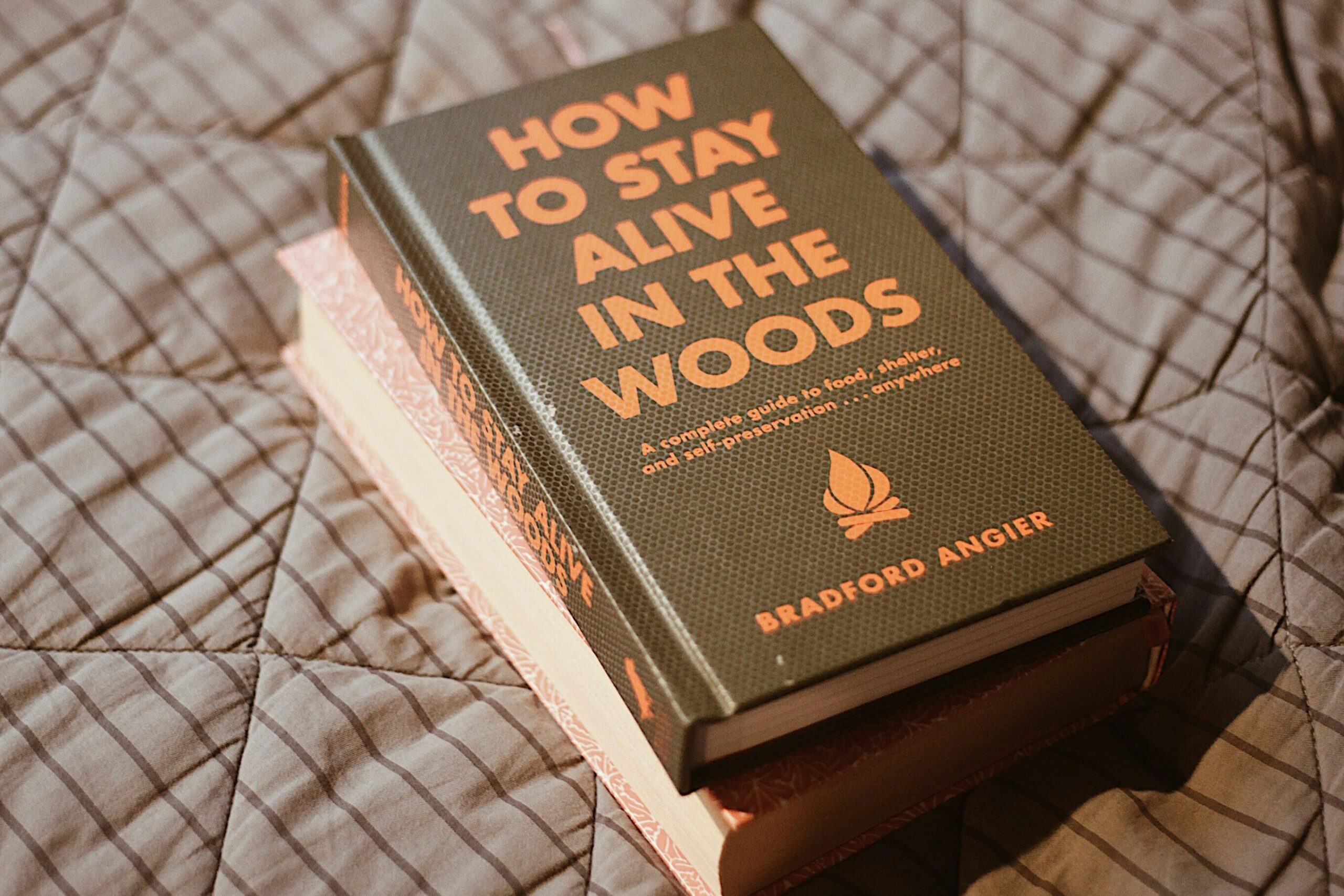
Disclosure: This post contains affiliate links. If you purchase through these links, I may earn a small commission at no extra cost to you.
Then I found The Book You Wish Your Parents Had Read by Philippa Perry. This book bridged that gap for me, offering practical wisdom for navigating parenthood with presence and a healthy perspective. Perry’s work focuses on how childhood experiences shape both children and parents. It helped me realize that mindfulness isn’t about detaching from my child’s needs, but learning to be present with my own responses and fears. If you’re wrestling with the same paradox, this might be the book for you too.
I also discovered Untangled: Guiding Teenage Girls Through the Seven Transitions into Adulthood by Lisa Damour, which dives into the developmental phases of adolescence—an area I hadn’t realized I was completely unprepared for. Untangled helped me understand my daughter’s complex emotions during her tween years and provided insight into how to create a supportive environment without trying to fix every problem. Damour’s gentle, research-based approach reassured me that adolescence is a natural part of growing up, and not something I needed to control or worry about. The idea of creating space for my daughter’s independence without projecting my own fears onto her shifted me from feeling overwhelmed to feeling more capable and supportive.
Together, these books gave me a much-needed framework for parenting with clarity and calm, without sacrificing the care I felt for my daughter. They helped me understand that mindfulness isn’t about perfect control or detaching from love—it’s about being present with yourself and your child as you navigate life together, with all its complexities.

Where Is My Zen?!
As I applied mindfulness principles to different areas of my life, I noticed how letting go of attachment to outcomes could bring me peace—when it wasn’t personal. But when it came to my daughter, that peace was nowhere to be found. I was deeply attached to making sure she was okay at all times, which, ironically, was making things not okay for either of us.
I often found myself mentally crying out: Where is my Zen? Why can’t I hold onto it?
Well, for one, you can’t hold onto it. And wanting to? That’s what they call…attachment.
I struggled with this from the start. My practice was new, and it quickly became clear that it was pretty shallow. I could be at peace when I was alone, but the moment I engaged with others, that peace felt impossible to hold onto. I felt like I had “woken up” to this process of getting out of my own way—but how could I be at peace while watching others get in their own way? If mindfulness had opened my eyes to a better way of thinking, why couldn’t they see it too? I wasn’t just frustrated—I was overwhelmed by the weight of watching people, both strangers and loved ones, suffer unnecessarily. It seemed so clear to me, but no matter how much I wanted them to wake up, they weren’t seeing what I saw. It felt like their ignorance, their refusal to question their own patterns, was stealing my Zen.
But over time, it sank in:
Mindfulness doesn’t remove our inner disturbances. It helps you notice them, recognize that they don’t serve you, and choose not to let them control your reactions. It’s about being present in reality—not getting caught up in how you think things should be.
This shift in perspective is powerful. In physics, Murphy’s Law states that whatever can happen, will happen. Life is a constant collision of circumstances—there is no universal “right” or “wrong” way for things to unfold. And yet, we resist this reality all the time. We get stuck on the belief that if only everyone else could change, we could finally be at peace. But if thousands of years of mindfulness teachings haven’t changed human nature, why was I expecting it to happen now? Our instincts are wired for survival, not for inner peace. While we can rewire our brains and adapt, it’s not the norm—and it’s never going to be the majority. If there’s one thing mindfulness isn’t about, it’s needing the world around you to change before you can be okay inside.
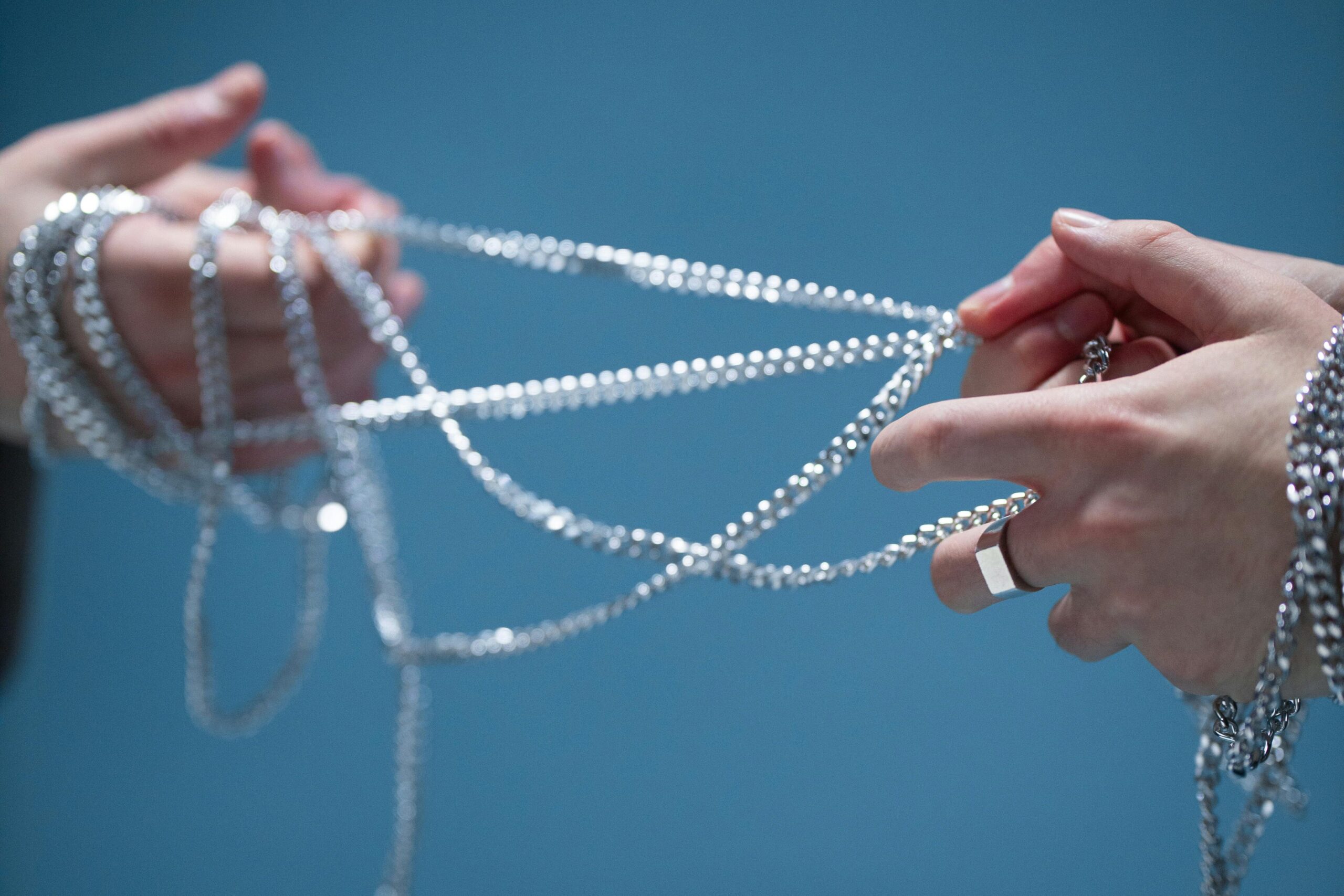
The Problem with Attachment (Even When It Feels Justified)
Being deeply attached to your child’s well-being feels like a good thing. It’s natural. But when that attachment turns into control, it harms both your mental well-being and your relationship.
I often describe motherhood as feeling like your heart is walking around outside your body. It’s terrifying to realize you can’t always keep your child safe. They have to experience the world for themselves and be affected by it, just like everyone else. Trying to control things beyond your reach creates so much unnecessary distress.
The human brain evolved to anticipate threats—this ability kept our ancestors alive. Even today, the amygdala (the brain’s threat-detection center) is constantly scanning for danger, whether it’s physical or emotional. To a degree, this is useful. But when left unchecked, it spirals into endless “what if” scenarios that rarely come true.
Most of what we worry about never happens. In fact, studies show that 85% of our fears never come true—and even when they do, people handle them better than they expect. Yet, we still waste so much energy on fear.
Balance is the key to everything. We can plan for all kinds of situations that never occur and still be blindsided by something we never saw coming. When that happens, people tend to go one of two ways:
- They double down on their fretting, convinced that if they just worry harder, plan more, and avoid every possible danger, they’ll finally be safe.
- They take the wise path and realize that all that worrying and planning had the same effect on their body and mind as actually living through those stressful situations. And when a real challenge arose, all that preemptive stress didn’t help them—it only drained their reserves, leaving them with nothing when they truly needed strength.
All we can do is accept what is before us, and do our best to work with it.

How My Fears Were Affecting My Daughter
Like most parents, I struggle with getting my child to complete chores without constant reminders. At first, I tried gentle nudges. Then firmer reminders. Then frustration and yelling. Every time, I’d resolve to handle it differently next time—and every time, I’d fail.
The problem wasn’t really my daughter’s reluctance to clean up. It was me.
Once I started allowing myself to sit with the intense emotions instead of reacting immediately—feeling my heart race, my chest tighten, my stomach burn without acting on it—I began to see things more clearly. I realized these weren’t new emotions; they were old, familiar ones, stirred up by a past I hadn’t fully processed. It became obvious that old feelings and resentments were clouding my judgment.
I grew up in a home affected by hoarding and neglect. Seeing loved ones struggle with basic self-care left a deep imprint on me. That fear—fear of chaos, neglect, and disarray—had been following me for years. I didn’t realize how much I was projecting that fear onto my daughter. A single unemptied trash can wasn’t just an undone chore; in my mind, it was a flashing warning sign of a future I desperately wanted her to avoid.
But here’s the thing: my daughter is not them. She is a responsible, caring, and intelligent person who, like any tween, doesn’t particularly enjoy chores. Instead of micromanaging her, I started giving her choices:
- Instead of orders, I set deadlines. She could decide when to do her tasks within a reasonable timeframe.
- I stopped reacting as if undone chores were disasters. Because they weren’t.
- I let go of the “shoulds.” She didn’t need to handle responsibilities exactly how I would.
And suddenly? The process became lighter—for both of us.
By stepping back and shifting my own mindset, I wasn’t just helping my daughter—I was helping myself. I was learning to trust that things could unfold differently than I expected—and still be okay. As Einstein wisely said:
“We cannot solve our problems with the same thinking we used when we created them.”
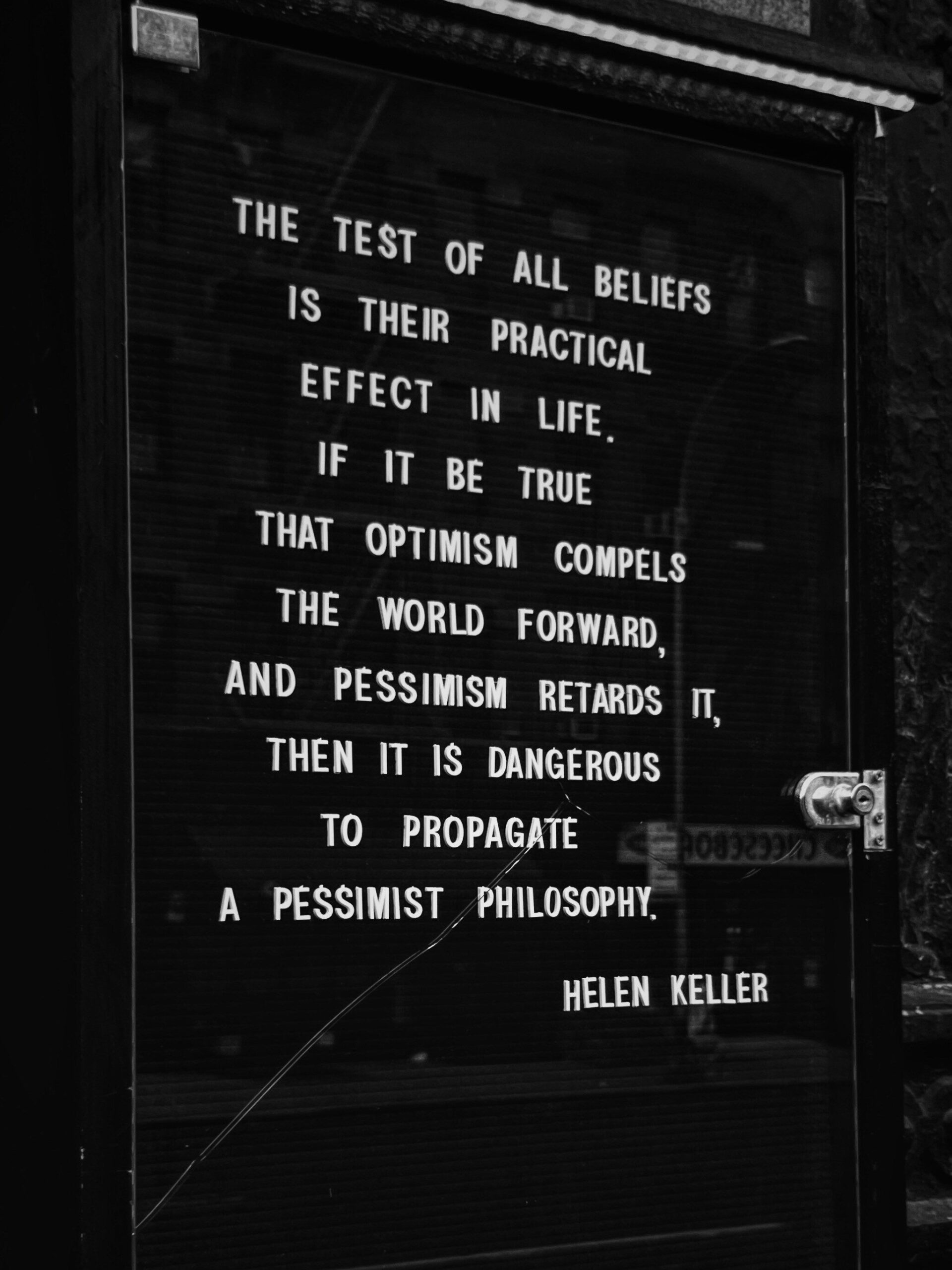
The School Struggle: Letting Go of the Ideal
The summer I drafted a homeschool plan, I thought I’d found the solution. I was tired of watching my daughter navigate an overstretched school system, exhausted teachers, and emotionally immature adults. The idea of keeping her home, of controlling her environment, was tempting. But in the end, we stuck with public school.
Why? Resilience. Life’s messy lessons can’t all be taught at home. Sheltering her delays the inevitable—sending her out into the world without the tools to face life’s challenges wouldn’t do her any favors in the long run.
But knowing this didn’t stop the anxiety. A major contributor to my panic disorder was mistaking discomfort for danger. I wasn’t just disappointed in the school system—I was convinced my daughter was at risk because of it. I’d catastrophize about her days, my mind spinning through worst-case scenarios before she even got home. Have you ever done that—played out a disaster in your head before you even have proof it’s real?
This cycle of worry left me too drained to be fully present when she got home. She’d tell me about the parts of her day that upset her, and instead of being a steady, grounding place for her, I’d get upset with her. Worse, I wasn’t just reacting to what actually happened—I was playing out worst-case scenarios, convincing myself that each problem was the start of something bigger.
Even as I got worked up over what was wrong, I could see the damage it was doing. If all I ever did was react with frustration when she confided in me, she’d eventually stop confiding at all. She’d be left to handle everything on her own. And the hardest realization? While I was criticizing the emotional immaturity and unprofessionalism of the adults who were supposed to be role models, I was doing the exact thing I resented in them. I was modeling dysregulation, not strength.
Now, I aim for detachment—not indifference, but perspective. Middle school’s brought more teachers into the mix, and we’ve talked about how to spot maturity and trustworthiness. We discuss her day like social scientists, observing what works and what doesn’t. It’s not perfect, but it’s progress.
The truth is, kids don’t need perfect environments. They need parents who help them navigate the imperfect ones.
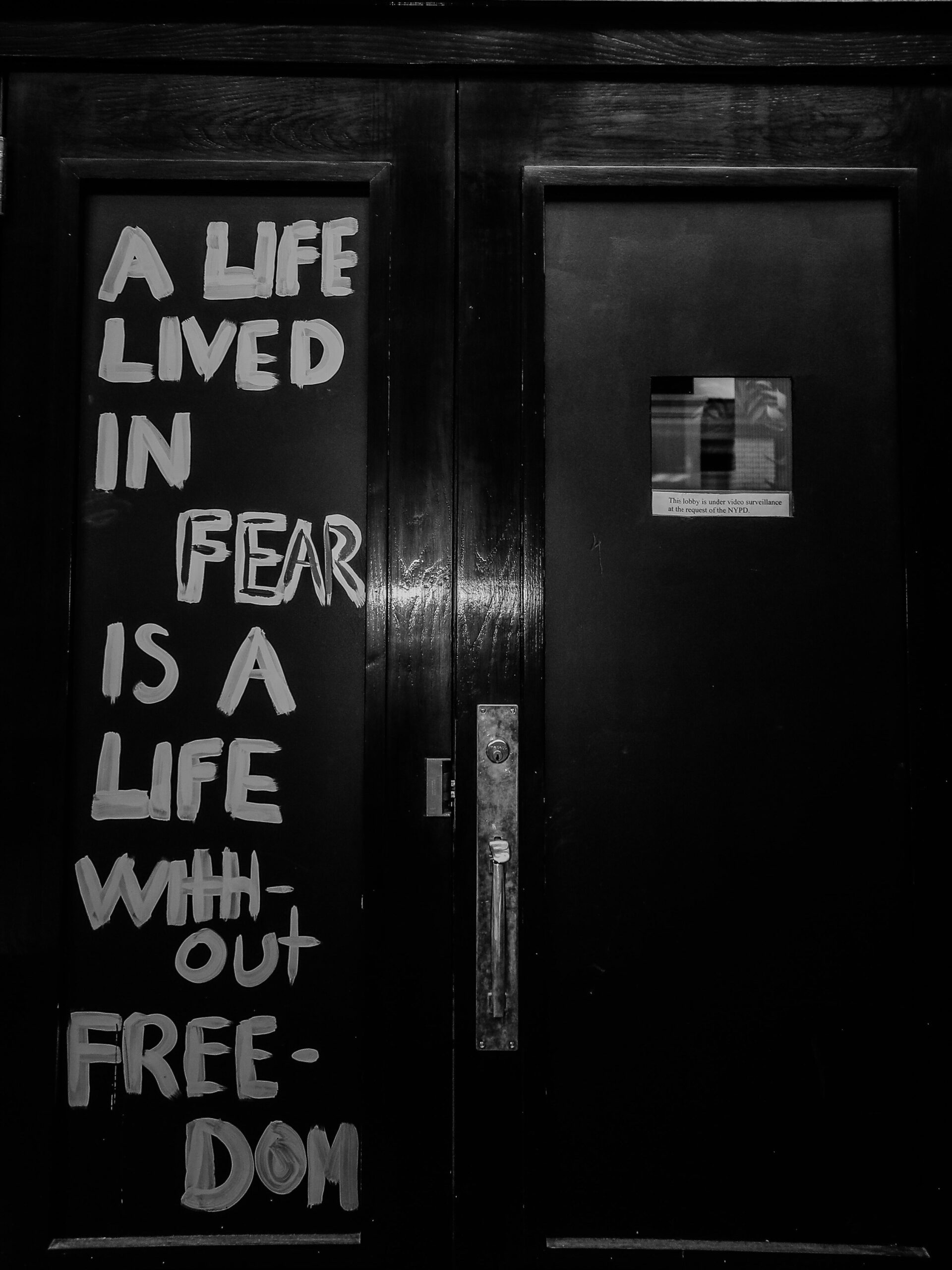
Navigating Fears Without Projection
Detachment from kids isn’t like detachment from, say, a rude coworker—you’re still their guide. Mix in fear, good intentions, and sleep deprivation, and it’s a tightrope walk. There’s a difference between preparing for the future and getting attached to a false image of it, good or bad. For me, a skipped chore became a vision of her buried in trash; an eye roll signaled a mute, rebellious teen phase. These fears often stem from our past, not their present. Have you ever caught yourself reacting to your child as if they were you at their age?
As the saying goes, “If it’s hysterical, it’s historical.” Pausing to unpack those feelings helps ground you back in reality. Once you realize your reaction is tied more to your past than your child’s present, you can step back, regain perspective, and work with what’s actually in front of you—not what you’re afraid it might become.
Ultimately, we just want what’s best for our kids. But sometimes, in wanting it so much, we end up giving them our worst. The best thing we can do for ourselves and our kids is to accept things as they are and make the most of them. If you can’t handle things going off-plan, how can they learn to? Kids don’t need a perfect life free of struggle—they need to learn how to be resilient when life doesn’t go their way. Without the hard moments, there’s no real joy or gratitude either.
Sometimes, we push our kids harder than necessary because we think we’re helping them reach their potential. While it’s true that we need to encourage growth, we often forget that our kids haven’t yet gained the wisdom or perspective we have. They might not share our enthusiasm for the tasks we want them to complete. How easy is it for you to work hard at something you have little interest in? Pushing them too hard can fracture the relationship, and without trust in you, they won’t trust the lessons you’re trying to teach. Encourage them, provide the tools, but also give yourself the chance to know their interests and let them grow at their own pace, not yours.
Next time you find yourself spiraling over “what-ifs,” pause. Ask yourself—am I responding to my child’s reality or my own past fears? Then, meet them where they are, not where your worries take you.
“A man must be big enough to admit his mistakes, smart enough to profit from them, and strong enough to correct them.”
—John C. Maxwell
“It’s not the wrongs we do that shape our ties, but the steps we take to make them right.”
—Fred Rogers
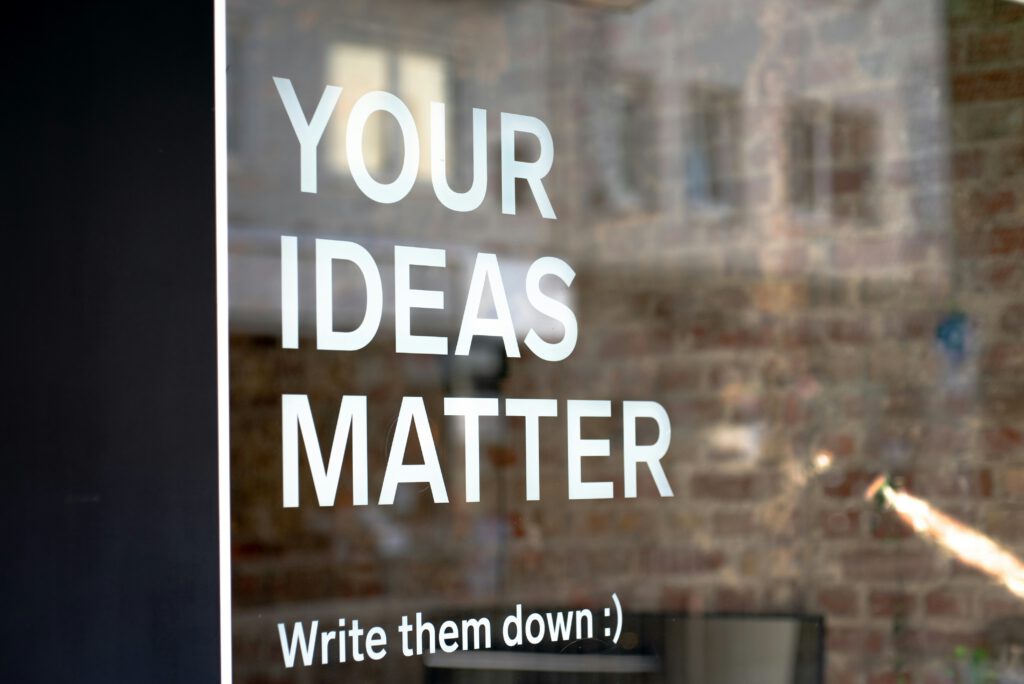
Parenting challenges so often come down to our own emotions, histories, and fears rather than just our children’s actions. Learning to step back—to observe without immediately reacting—takes practice. But when we do, we make space for a relationship built on trust, not control.
Have you had a moment when you caught yourself projecting onto your child? How did you shift your perspective? I’d love to hear how you navigate the balance between guidance and letting go. Share your thoughts in the comments or reach out—I’m always learning, too.
Eventually, I’ll be adding a section for shared stories from the MomBalm community—carefully selected and edited to highlight the ideas and experiences that have brought more meaning and balance to the lives of our community members. My goal is to create a space where we can learn from one another and share our collective wisdom to support and uplift each other. So, if you have a story, tip, or insight that you think could help another mom, I’d love for you to send it my way!


Leave a Reply